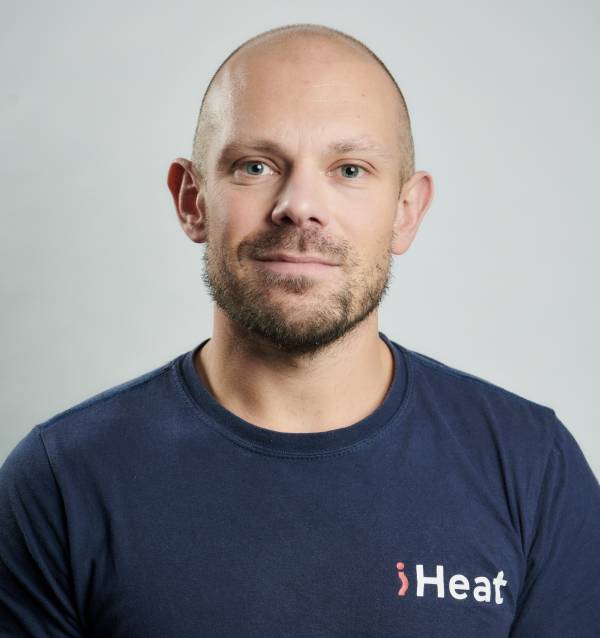

Written by Stephen Day
Gas Safe Engineer
Updated: 15th August, 2025
The condensate pipe allows water to be safely drained away from your home, let's drill into the details.
Get a new boiler quote, save up to £550 per year (0% APR available).
If you’re not currently clued up on the intricacies of boilers and some of the technical sounding component names, fear not, that’s what we’re here for.
At iHeat we’re experts in anything related to home heating, and in this blog we will be exploring the role of a condensate pipe, including how it works, potential faults and manageable fixes.
Get a quote in 60 seconds, fitted as fast as next day!
0% APR finance available.
Fundamentally, a condensate pipe transfers wastewater (condensate) from the boiler to the outside of your home, with it eventually being deposited into the sewer.
Condensate is the term for the wastewater byproduct from the central heating and hot water production process within a boiler.
When a boiler burns fuel, carbon dioxide and water vapours are released, after enough heat is produced from the vapour it’s condensed back into water, this is then collected and subsequently expelled via the condensate pipe.
Condensate water is acidic and therefore must be transported in plastic or PVC piping (at high temperatures - aluminium piping within the boiler). The condensate pipe can be found coming out of the back of your boiler, running along the exterior property wall and finally into the drain.
A standard modern gas condensing boiler can produce typically anywhere between 2-3 litres of condensate waste for every hour the boiler is functioning.
A condensate pipe is designed to release water once the volume hits a certain threshold. Usually being released in 300ml increments (often the reason you may hear water transportation through the pipes when your boiler is operational).
The reasoning behind the incremental condensate release rather than a continuous flow is to reduce the risk of the water freezing in the outside part of the pipe, which would cause a system blockage.
The vast majority of modern boilers have an error code which is displayed on its user interface in the event of a frozen condensate pipe, other signs include a gurgling noise coming from the boiler or piping and the boiler being ‘locked out’ from standard use.
The most common way to thaw out a frozen part of the condensate pipe, is to pour warm water over the outside of the piping, but be careful as not to cause a slip hazard.
Alternatively, you can place a hot water bottle on the affected area or have the above ground part of the piping lagged (insulated).

While many modern combi boilers have integrated frost technology to combat this there are some other methods of prevention and ways to resolve the problem if it should occur.
Firstly, make sure the pipe is no longer than 3 metres from your boiler to the drain it deposits wastewater into, also the piping should be installed at a gradient to prevent any back flow of condensate. Any exterior pipe should also be insulated to garner the best results.
At iHeat, we make boiler installation simple and efficient while providing clear advice on essential components like condensate pipes. Our goal is to ensure your heating system operates safely and effectively, giving you peace of mind.
Last updated: 15th August, 2025

Written by Stephen Day
Gas Safe Engineer at iHeat
Stephen Day is a Gas Safe registered and FGAS certified engineer with over 20 years of hands-on experience in the heating, cooling, and renewable energy industry, specialising in boiler installations, air conditioning, and heat pump systems.
LinkedInArticles by Stephen Day are reviewed by iHeat’s technical team to ensure accuracy and reliability.

16th December, 2025
The best electric combi boilers in 2025 include models from Electric Heating Company, Heat...
 Read Article
Read Article

16th December, 2025
The best budget boilers are Ideal, Alpha, Baxi, Worcester Bosch and Vaillant models, compa...
 Read Article
Read Article

12th December, 2025
The Vaillant F22 fault means your boiler pressure is too low and needs topping up.
 Read Article
Read Article
No obligation. Takes less than 60 seconds.